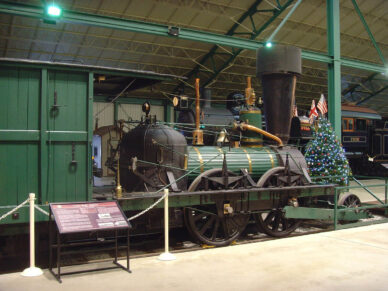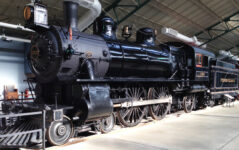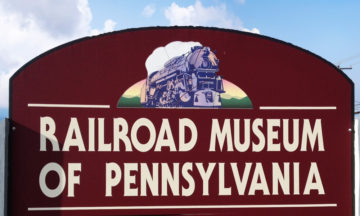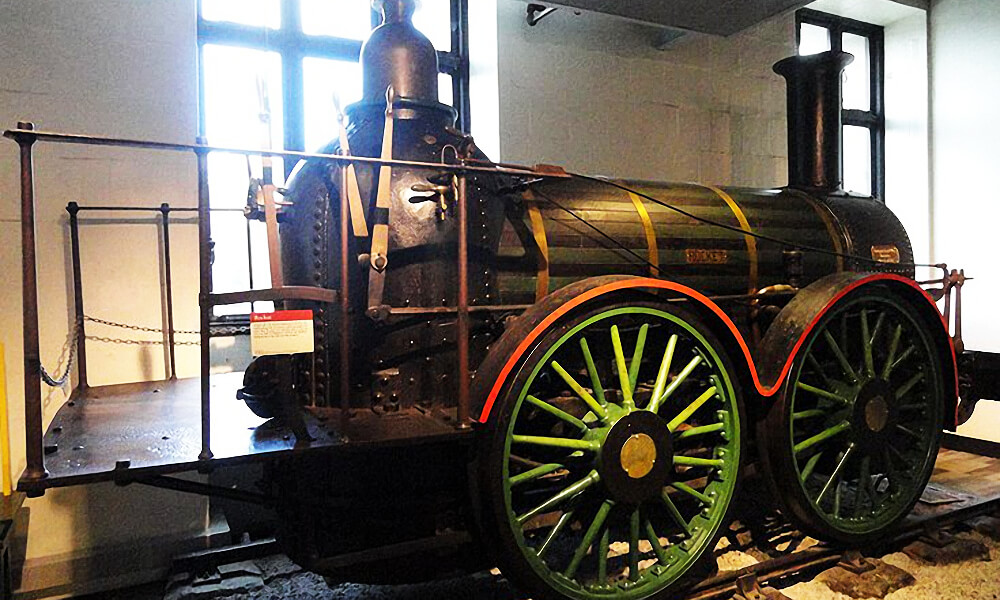During Part One, which was posted several weeks ago in this space … I showed photos of one of the Pennsylvania RR’s famed GG1 electric locomotives, this one # 4935 which, since being retired along with the rest of the fleet in the 1980’s, has been cosmetically restored sits in the Museum’s massive Rolling Stock Hall.
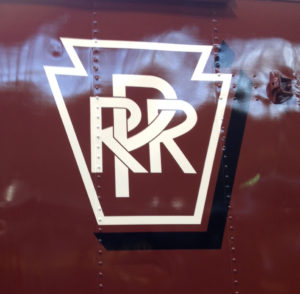
Also on display in the Museum’s building in Lancaster County are two other historic locomotives, one being a PRR steamer built in 1902 by the railroad’s Altoona Works in Altoona, Pennsylvania.
This particular locomotive was built as # 8063, but was re-numbered and altered to resemble the original 7002 for display at the 1939 New York World’s Fair. You see, that first 7002, which was also built in 1902, had allegedly reached a speed of 127 miles per hour while traveling across Ohio on June 11, 1905 … causing it to be declared to be the “world’s fastest steam locomotive.”
Unfortunately, that locomotive was scrapped in 1935. So, when PRR executives decided they wanted to exhibit it at the World’s Fair, #8063 was selected to be its replacement.
As #7002, the Pennsylvania’s successor, Penn Central, donated it to the Railroad Museum of Pennsylvania in 1979. But, there it would not stay … as in 1982 it was leased to the Strasburg Rail Road, the Museum’s cross-the-road neighbor, who would operate it almost daily through much of the 1980’s.
Also in the Museum’s collection is this replica of the John Bull, one of the first steam locomotives to take to American rails … a British-built locomotive that began operating on September 15, 1831, built for use by the Camden & Amboy Railroad, which traversed central New Jersey. The John Bull continued in service until 1866 and the C & A became part of the PRR in 1871. Today, the locomotive is preserved at the Smithsonian Institution
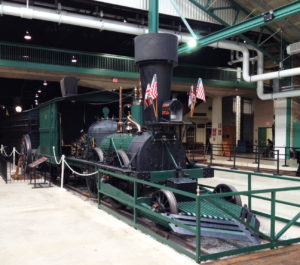 Wanting an operational John Bull to display at the 1939 World’s Fair in New York, the Pennsylvania had this replica constructed in their Juniata Shops. Built to the original John Bull dimensions, the locomotive saw daily operation for much of the Fair’s run.
Wanting an operational John Bull to display at the 1939 World’s Fair in New York, the Pennsylvania had this replica constructed in their Juniata Shops. Built to the original John Bull dimensions, the locomotive saw daily operation for much of the Fair’s run.
In the 1970’s, it was donated to the Museum along with most of the PRR’s historic collection. Granted new life, through much of the 1980’s and 90’s, it would be “steamed up” and run for special occasions on the Strasburg Rail Road and at other events across North America.

